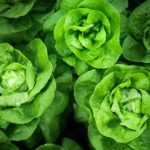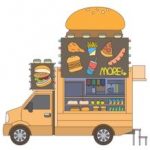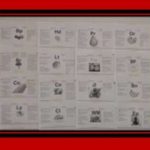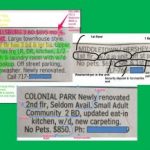
Several months ago a Texas FACS teacher, sent me a message suggesting that I create a lesson on this topic. I loved the idea and immediately had ideas swirling in my head. However, before sharing, I wanted to try it out with my own child development students to make sure everything went as I envisioned. Thankfully, The lesson and activities went according to plan and students had a lot to say about this topic and some great discussions ensued! If you have suggestions for future lesson and/or activities, send me a message and I’ll take a look!









